What is LGBTQ+?
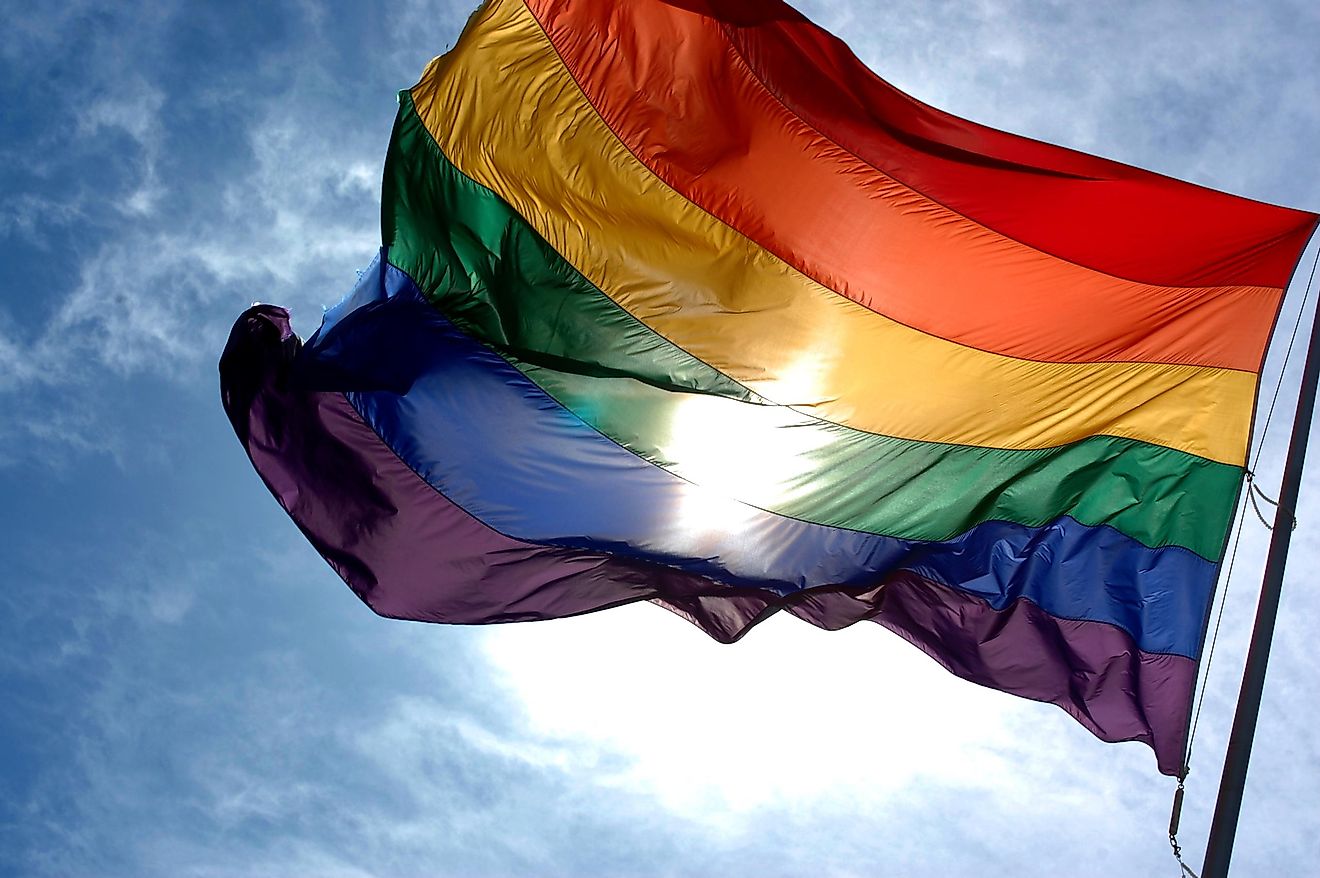
- Gender is based on how a person socially and personally identifies along a spectrum.
- Sex is based on biological characteristics, such as the presence of a Y chromosome.
- Gender and sex are often used interchangeably, but they are two different things.
LGBTQ + is an acronym to describe the lesbian, gay, bisexual, transgender, and queer communities. These communities can also include identities like questioning, asexual, intersex, genderqueer, two-spirit, and others. While the many different words for identifying sexuality and/or gender may be intimidating, don’t worry about memorizing each and every term. LGBTQ+ is meant to be an umbrella term for all sorts of non-heterosexual and non-cisgender identities that share the rainbow flag.
L - Lesbian
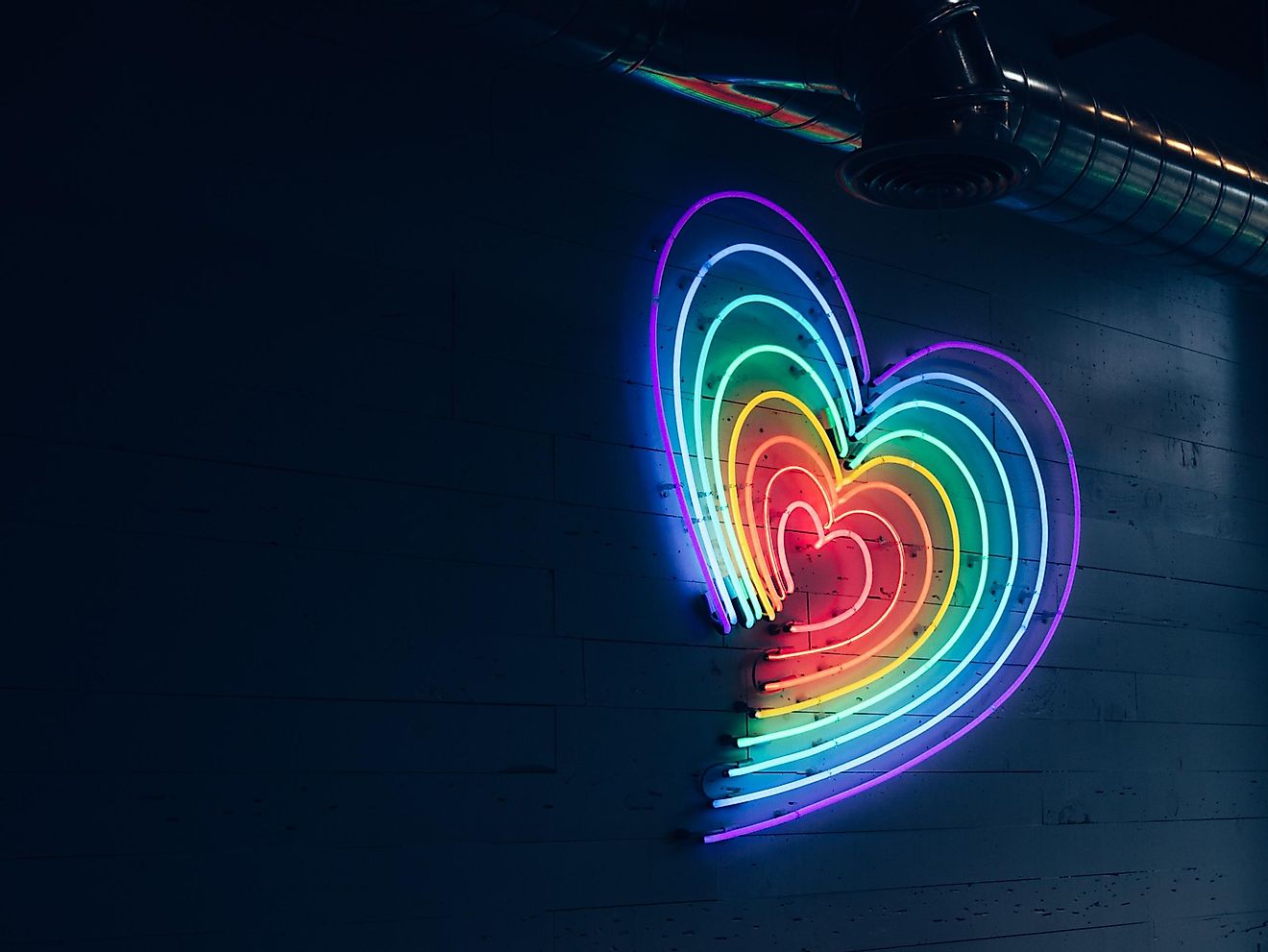
Lesbians are women that are only attracted to other women. They are homosexual.
G - Gay

Gay means homosexual. While gay initially referred to men who are only attracted to other men, it is often used by all sorts of people who experience same-gender attraction, including lesbians. While gay marriage was outlawed throughout most of the world until recently, it is now legal in almost 30 countries.
B - Bisexual
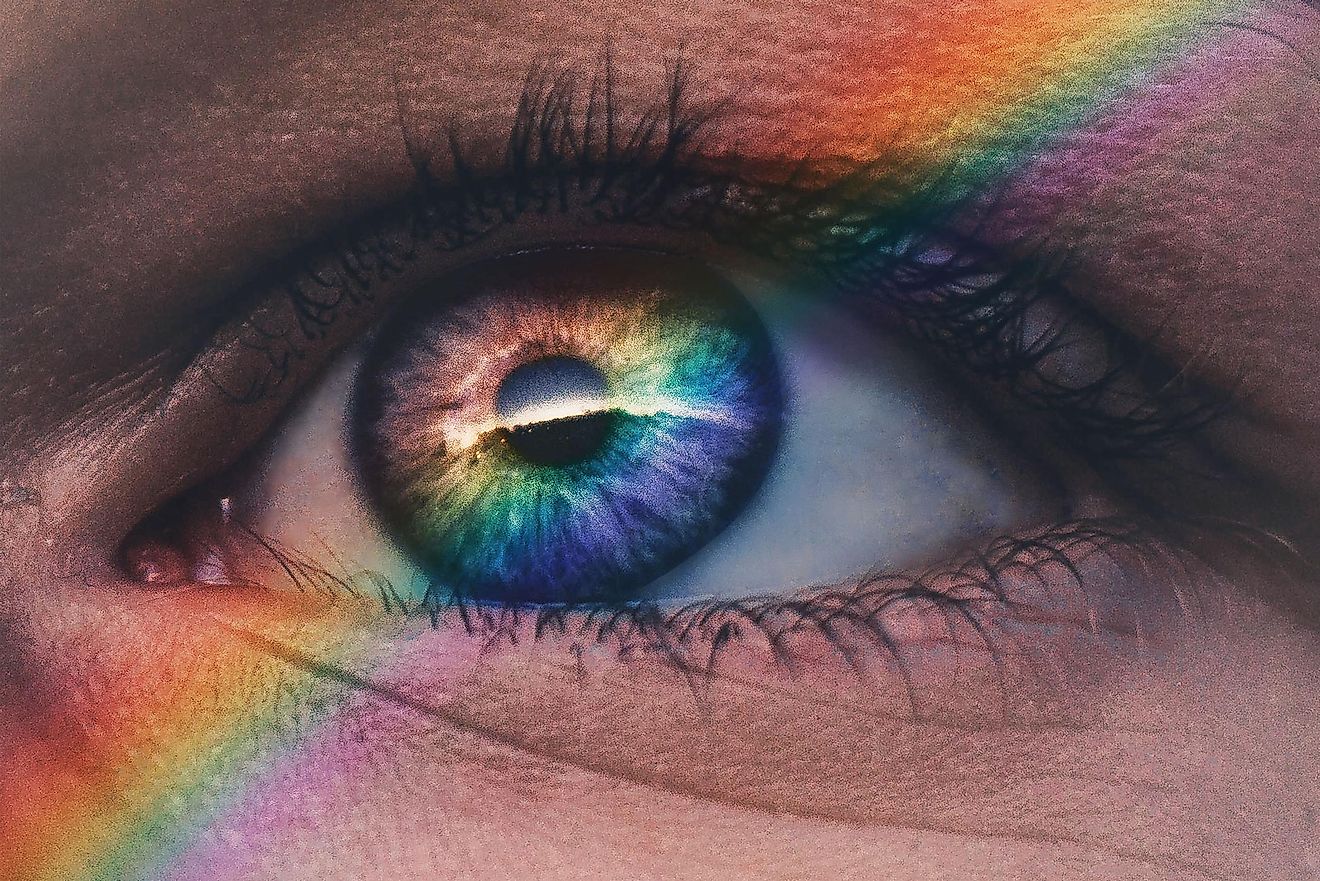
Bisexual people are attracted to both the same gender as them as well as other genders.
T - Transgender
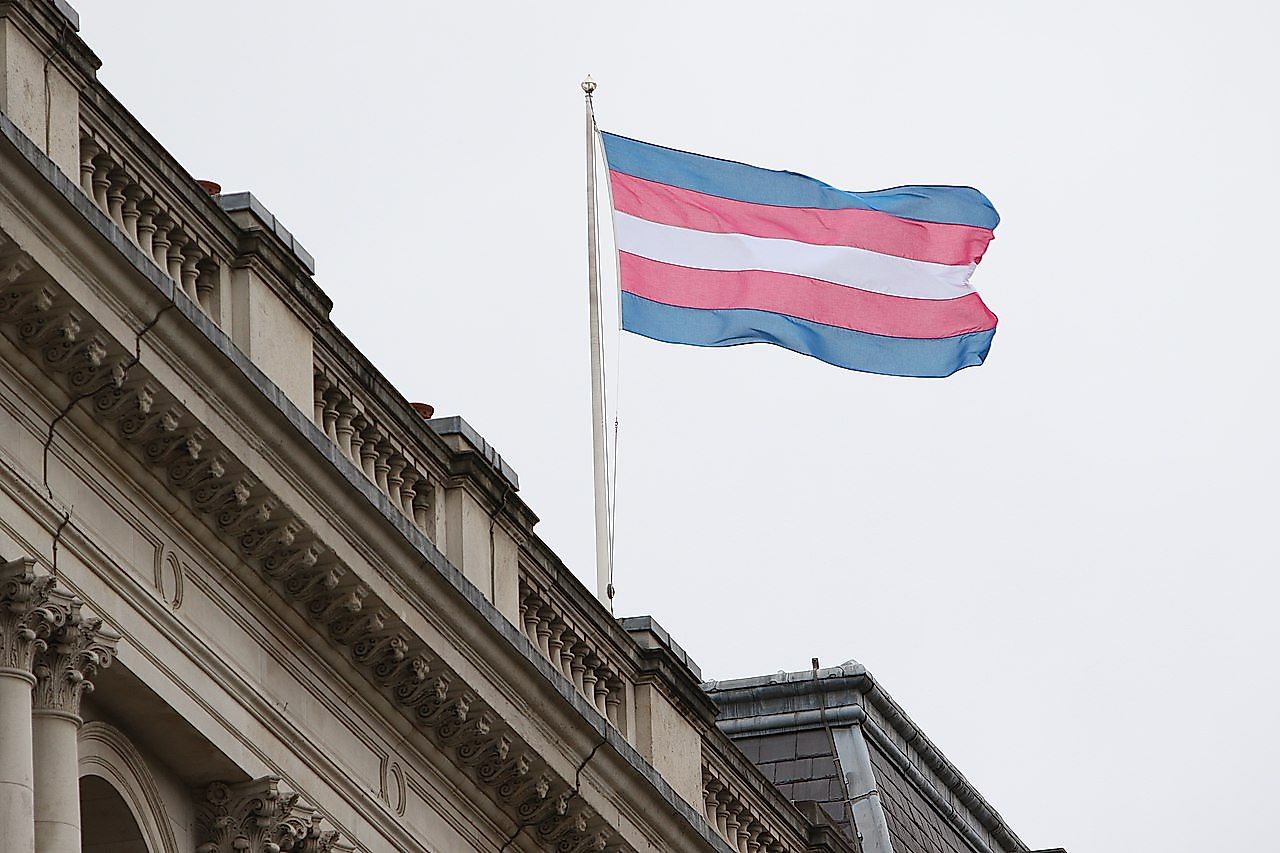
People who are transgender identify with a different gender than the one they were assigned at birth. For example, a man who is transgender would likely have been assigned female at birth, but would currently be living as a man. Some transgender people will seek out medical or surgical gender-affirming treatments, such as hormone therapy or “bottom surgery” as part of their transition. However, not all people who transition choose to undergo medical or surgical procedures as part of the process.
Q - Queer
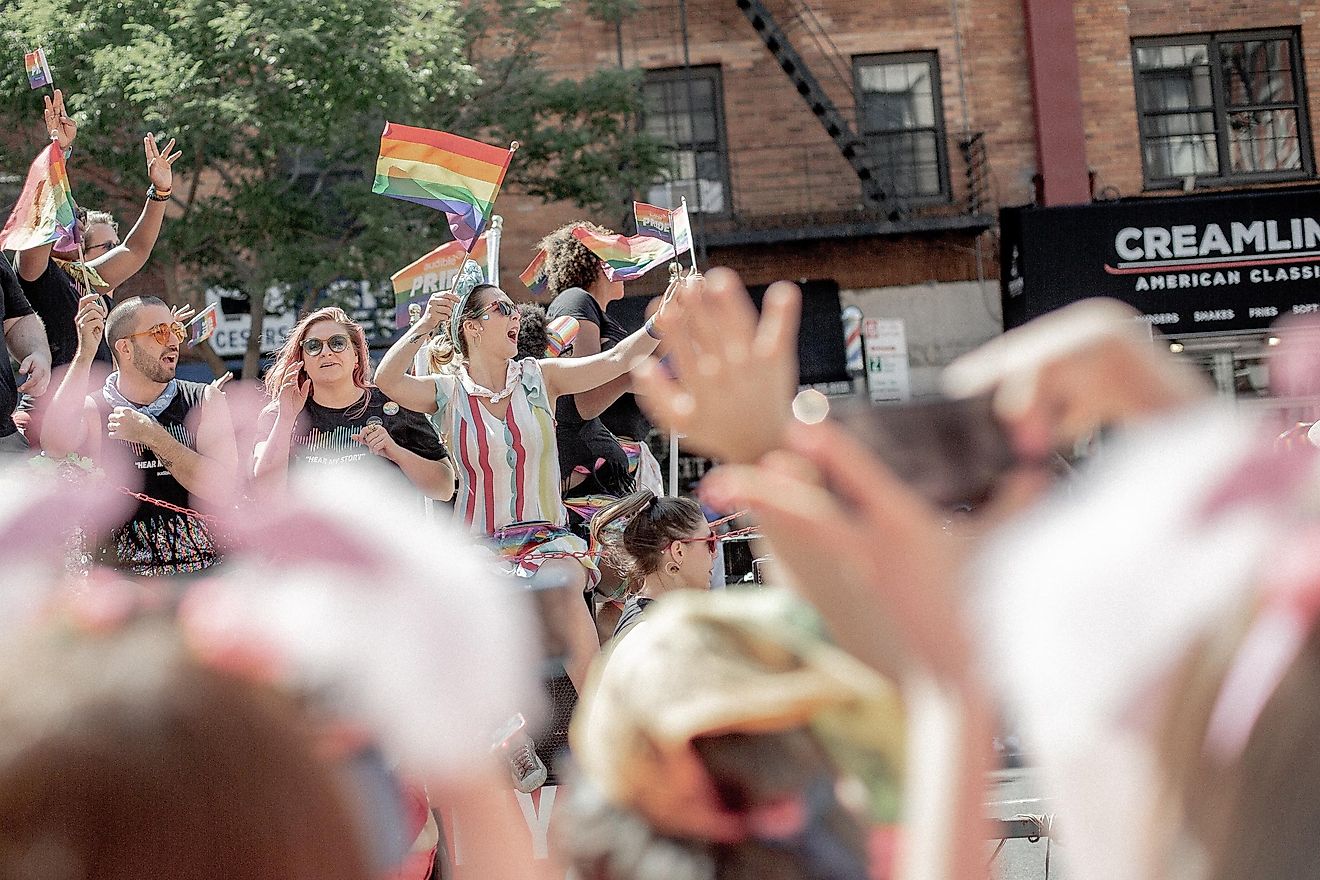
Queer is an umbrella term used to refer to any sort of gender or sexual minority. It is most often used by the LGBTQ+ community. The word “queer” was originally used as an insult or slur towards LGBTQ+ people, but was reclaimed in the 1980s. Some LGBTQ+ people use “queer” as a way of referring to the community, but others still find the word distasteful, so it is best to ask before using it to refer to anyone.
+ - Everything else!
There are many other identities within the spectrum of gender and sexuality, and including them all would make the acronym long and unpronounceable!
Other sexual identities include:
Asexuality: A lack of sexual attraction entirely. Some asexual people may still experience romantic attraction to one or more genders.
Queer: Some people do not use a specific word for their sexuality, but simply identify sexually as queer.
Other gender identities include:
Intersex: Sometimes, people are naturally born with combinations of sex characteristics. This means their chromosomes, gonads, sex hormones or genitals do not fit the standards of either male or female. They may be assigned either male or female at birth.
Two-Spirit: Some North American indigenous cultures have a traditional third gender. It is used by some indigenous people to identify as a gender other than what they were assigned at birth.
Agender: Some people do not identify with a gender at all. They may use they/them pronouns. In Canada, citizens can identify as gender "X" instead of male or female.
Genderfluid: Some people may consider themselves a combination of multiple genders, or that their gender is somewhere along a spectrum in between other identities. It is possible that their gender identity may shift from time to time. They may use gender-neutral pronouns like they/them, or their pronouns may differ depending on their current identity.
Bigender: Some people identify with two genders, and may swap between them.











